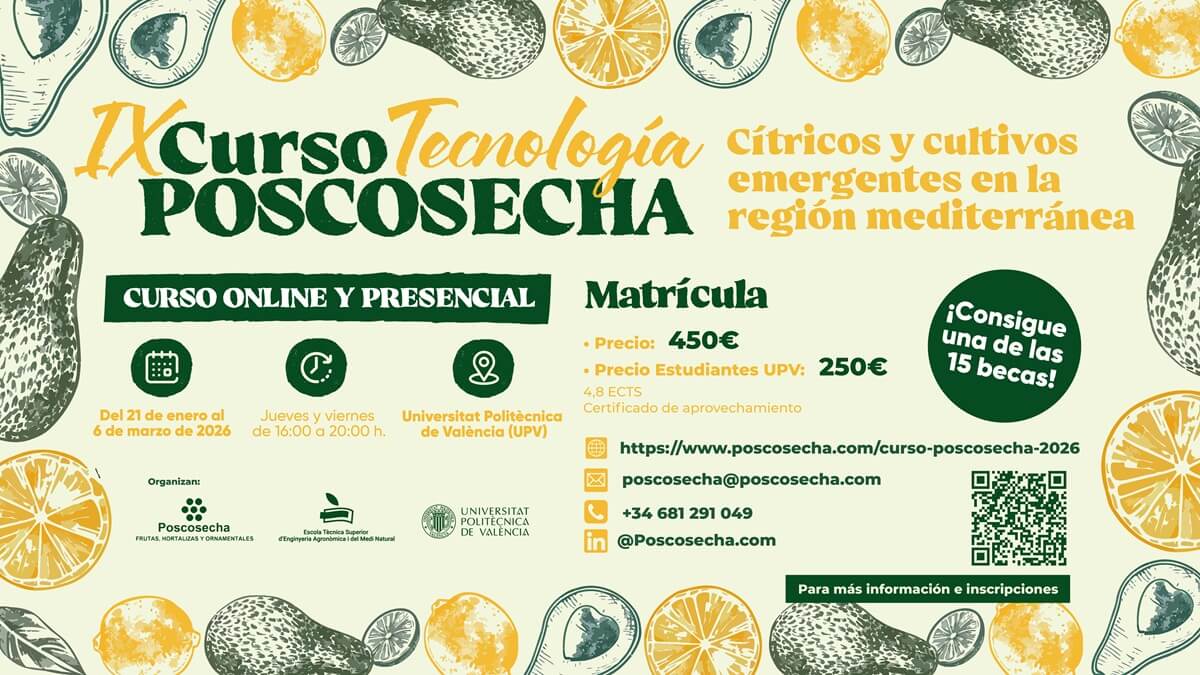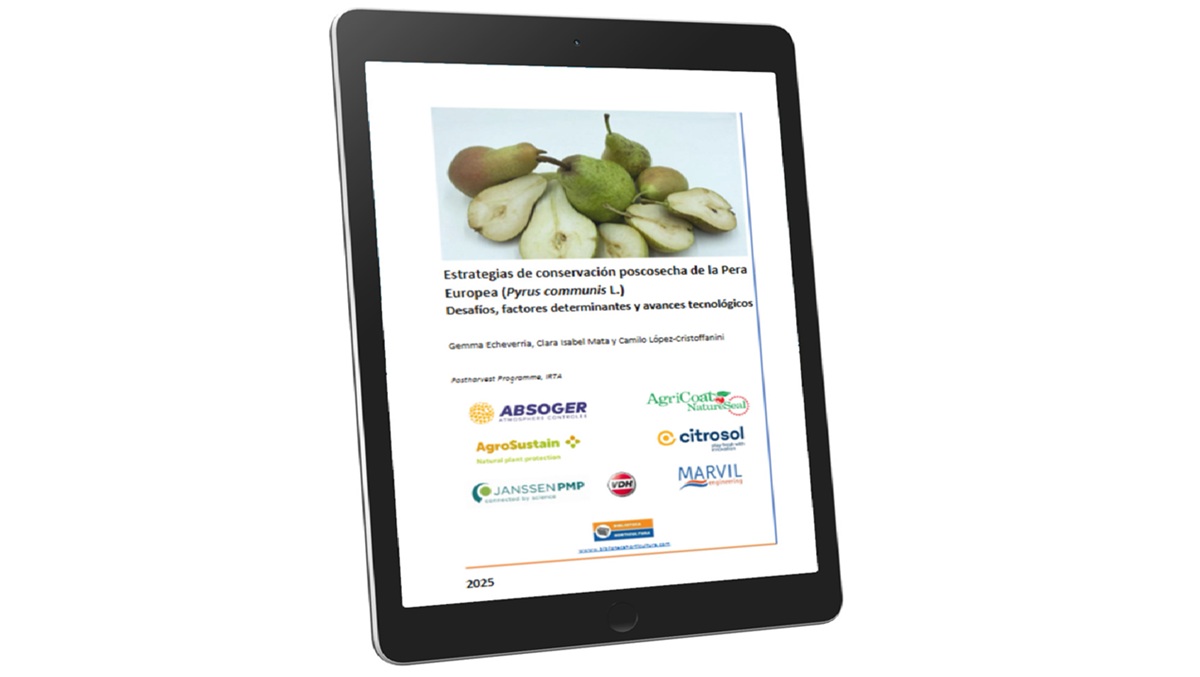Cooling and CA
Analysis of the different forced-air cooling systems
Factsheet September 2024, by H. Fraser, published by the Ministry of Agriculture, Food and Agribusiness of Canada, considering the thre main airflow options (tunnel, column, serpentine) explaining which system is preferrable for different species
H. Frasert describes how to choose, design and manage three types of forced-air cooling (FAC) systems that are commonly found in post harvest cold storage units:
- tunnel horizontal airflow
- column vertical airflow
- serpentine vertical/horizontal airflow.
Regardless of the system, fans pull refrigerated air through the produce. The convective contact of high-speed refrigerated air with warm produce creates rapid, uniform, predictable cooling. This is unlike room cooling where produce placed in cold storage cools slowly, non-uniformly and unpredictably, mainly by conduction. FAC cooling typically requires 1–10 hours, while room cooling requires 20–100 h. However, depending on how perishable the crop is, FAC times can range from 0.75–6 hr on most farms. Table 2 of the factsheet (link below) explains the advantages and disadvantages of each of the systems.
Short cool time for highgly perishable products
The paper explains each of the systems, and also the 7/8 coot time, which e refers to the time needed to remove seven-eighths (87.5%) of the temperature difference between the initial temperature of produce and the temperature of the cooling medium (for FAC systems, the cooling medium is refrigerated air).
Produce suitable for forced air-cooling are almost all. However, some products should have shorter 7/8 cooling times and different recommended air flow. The groups depend on the perishability of the crops: Very high ones, asparagus, broccoli, brussel sprouts, endive, green onions, kale, leaf lettuce, parsley, peas, sweet corn, spinach1, mushrooms, should have a short 7/8 cool time (1 to 1.5 h), and an airflow of 2 to 6 L/s/kg or CFM/lb. For crops wilting quickly; short 7/8 cool times recommended.
The need to force cold air for convection to occur
The paper also explains about the Ducting, Containers, Short-Circuiting Prevention Method, the Refrigeration System, and the Monitoring Equipment. The article ends with cost-benefit considerations.
Conclusion summarizes indicating that cold storage removes heat from produce through a combination of conduction and convection.
Conduction is the transfer of heat between objects in physical contact with each other, while convection is the transfer of heat between an object and a fluid such as cold air.
Convection is more efficient and quicker.
However, convection cannot occur in a cold storage unless we “force” cold air to move around the produce. Forced-air cooling is the most flexible and efficient method for removing field heat quickly, but it can only be accomplished by careful design and operation.
Source
H. Fraser, Forced-Air Cooling Systems for Post-Harvest Fresh Fruits and Vegetables
Related news



.jpg)








